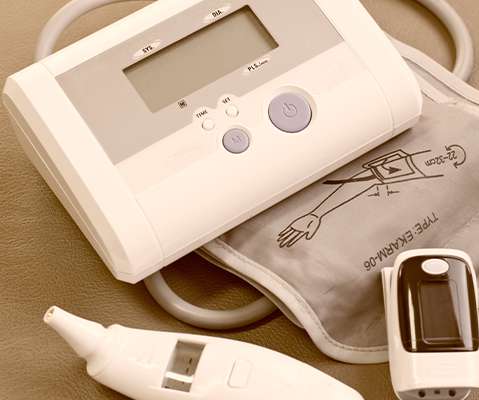How Automation Can Help Ease Healthcare Worker Burnout
Healthcare IT Today
JUNE 28, 2023
could see a shortage of up to 124,000 physicians by 2033 and will need to hire at least 200,000 nurses per year to meet increased demand and to replace retiring nurses. About Anna Twomey Anna Twomey is the Senior Director, Healthcare Providers – Americas at SS&C Blue Prism. It’s estimated that the U.S.













Let's personalize your content